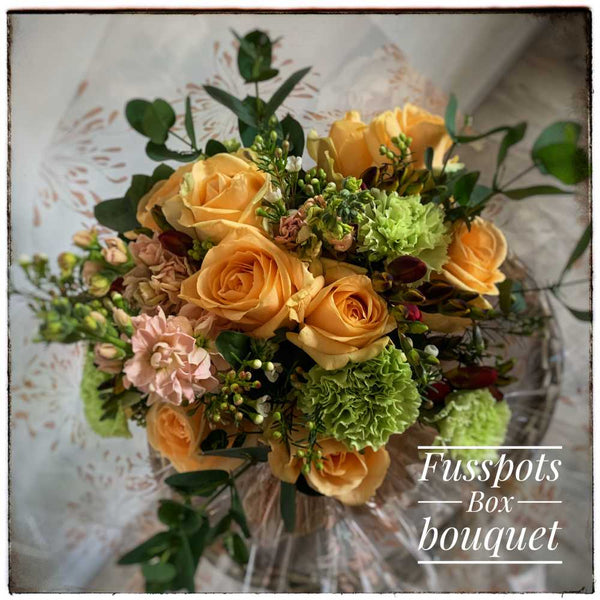Colour In Floral Design
Colour preference is a very personal thing. We all have our differences when it comes to which colours we're naturally drawn to and that please us. Whether you're enticed by natural stylish pampas grass arches with subdued tones or a riot of colourful sunflowers, there's a colour to suit your personality and wedding style. It's no wonder that colour plays a strong role in our lives. We're hard wired to acknowledge colour, we're enticed by brightly coloured food and we've learnt to avoid poisonous animals by their starkly contrasting colours. We pick our clothes and decor based around the colours that makes us look and feel good. We pick up on visual cues all the time and notice a flush of colour on someone's face that may indicate how they are feeling. Seeing colour is a form of language, a form of expression and communication. Colour therefore plays a strong part in floral design and is often one of the first aspects for a couple to choose for their wedding.


Colour can be a playful thing when applied to floristry. Flowers offer a stunning palette from evocative, punchy shades to the subdued and mellow. Then there's the combinations to consider. Some combinations will sit harmoniously together creating a subtle flush of shades. Other combinations can contast with or highlight other colours, creating a pop of colour in a bouquet. The colour you choose for an arrangement can be incredibly emotive and can effect mood.
Complementary colours which are sometimes considered as contrasting or clashing, sit opposite each other on the colour wheel and can seem bold and playful. Think of yellow and purple. This is sure to make a statement in an arrangement!
Split - complementary combos can have more of a subtle effect than complementry colours. This choice uses a mix of one colour combined with two colors that sit opposite it on the color wheel. A yellow hue could be combined with an indigo and fushia shade.

Monochromatic utilises only one colour from the colour wheel and uses different shades of this one colour. This is great if you have a love for one particular colour and want to maximise it in you scheme.
Harmonious analogous colours are positioned beside each other on the colour wheel. Blue, teal and green or a combination of red, red-orange and fuscia are stunning examples that can be replicated into an arrangement, making for a cohesive look that's pleasing on the eye.
Three colours sitting equi-distant from each other on the color wheel are a triadic mix which makes for a stunning aesthetic. This combination can appear quite bold, but can be reigned in by choosing flowers in a mix of saturated and less saturated coloured specimens. A red-orange, indigo and chartreuse could make a pleasing combination.

 Using the colour wheel and theories is a helpful tool for creating arrangements and bouquets, although rules are to be broken. The first thing to consider for a scheme is the colours you naturally reach for or the mood you want to evoke, and go from there. Floristry is not always an exact art and the fun is sometimes producing that magical colour combination, texture and composition from trying new ideas and experimenting. There are infinite colour combinations and that's what can make an arrangement unique and special.
Using the colour wheel and theories is a helpful tool for creating arrangements and bouquets, although rules are to be broken. The first thing to consider for a scheme is the colours you naturally reach for or the mood you want to evoke, and go from there. Floristry is not always an exact art and the fun is sometimes producing that magical colour combination, texture and composition from trying new ideas and experimenting. There are infinite colour combinations and that's what can make an arrangement unique and special.
Roses, Dahliah, Ranuculus, Agapanthus, Chrysanthemums, Lilies & Eucalyptus.
Photography - Becky's Photography
